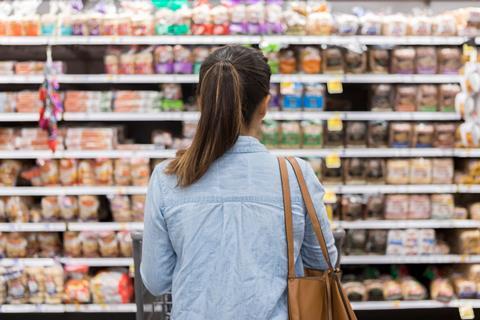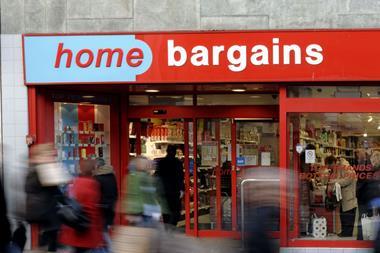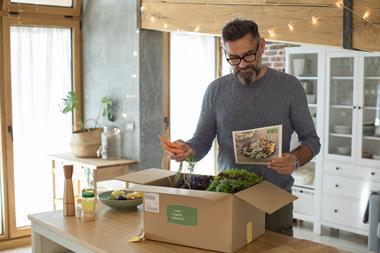
The UK food and drink market has endured a sort of slow-motion recession, with volumes shrinking over a long period of time. This recession has, in effect, been cloaked by powerful inflation, allowing at least some businesses to maintain financial traction.
However, as inflation dissipates, the cloak is being lifted. The volume crisis is now near the top of the industry to-do list.
Volume isn’t easy to measure in a market like food and drink. The most robust approach may be to consider value sales adjusted for inflation – in other words, ‘real’ performance. Using this method, it appears food and drink volumes peaked years ago. IGD research suggests performance was sluggish for at least a decade before Covid struck.
Covid caused out-of-home volumes to crash while retail enjoyed a volume bonanza, taking ‘share of stomach’. These gains were not sustained, however. Post-Covid, powerful inflation and other pressures have caused retail volumes to shrink and have slowed recovery of out-of-home sales.
Over 2023, retail volumes were down about 3% versus 2019, while out of home was down around 15%. UK population also grew by about 2% over the same period, according to ONS. So, volume performance is even weaker when considered on a per capita basis.
IGD’s ShopperVista study shows many shoppers have responded to inflation by reducing their grocery purchasing – including households that might be considered affluent. The social implications are sobering, especially since some shoppers struggle to afford food in more stable times.
The impact on business is also concerning. The food and drink supply chain relies on high volume to be efficient and profitable. Furthermore, some volume has moved into the online space and into limited-range, price-led stores. This places even more pressure on margins.
On the positive side, 2024 has brought small but material improvement in the business environment. Some shoppers are enjoying better prosperity, and confidence is stronger than at this time last year.
At IGD we believe the food and drink recession is now ending, and the latest data suggests performance is picking up a little. Businesses need to support this recovery. Larger players should lead, helping to drive volumes and – just as importantly – rebuild margins.
Our industry’s commercial teams – the NAMs and the buyers – know how to do this and must have time and space to focus on these challenges. Leaders would be advised to think beyond the commercial. They need to ensure the industry not only bounces back, but also evolves, to come back stronger.
That brings us back to the industry to-do list. Leaders have a catalogue of priorities to tackle, including compliance, net zero, skills, technology and other issues. For many, resilience will be front and centre of mind – and it should be.
Identifying further potential hazards that can be mitigated – as IGD has done in its latest report– is crucial. Taking action will ensure businesses are in a proactive rather than reactive position, allowing them to offer improved service to shoppers.
Now the cloak is lifted, we have a little time and space to rise to the task.



















No comments yet